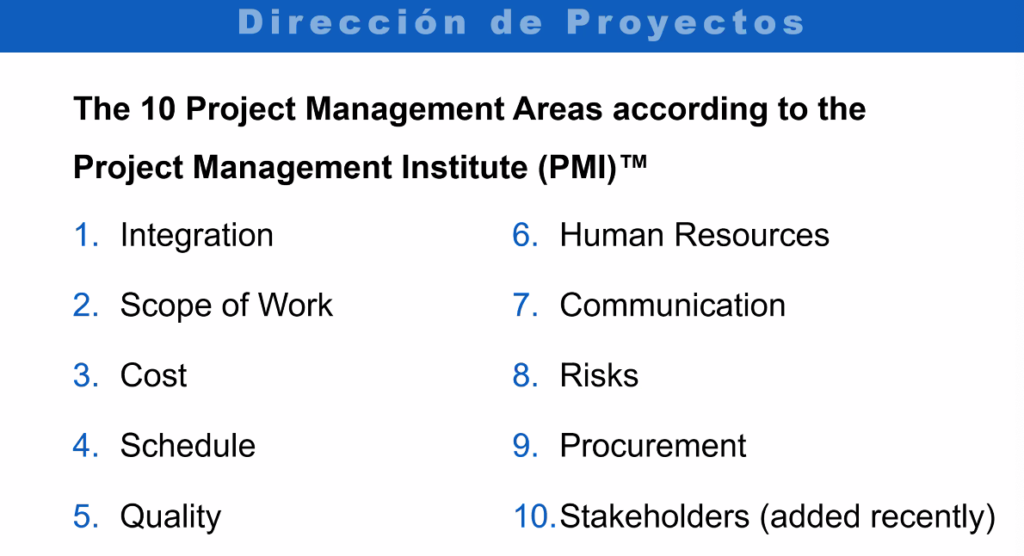An accurate and effective communication, which enables the receiver of the message to act, is a key element for any capital projects’ success and prosperity, especially in the energy sector; communication plus action (communicaction) is what companies may need to integrate into their projects, experts concluded at a Burns & McDonnell webinar this Thursday.
In the “External communication in energy projects” webinar, Aldo Santillán, communication expert, and Noe H. Sáenz, energy projects leader in North America, energy capital development and EPC expert at Burns & McDonnell, discussed how communication plays a vital role in the development of any capital project.


The experts noted that, if mistreated, a lack of communication can indeed lead to catastrophic results within and outside a company.
Communication is not the same as sharing information; they agreed. In the energy industry, effective communication is almost obviated, as the technical, financial, and operative aspects of a project usually play the leading role. Nevertheless, making such a mistake could lead to millionaire losses, stalled projects, and reputation impacts.
Communication as an integral element for the project’s success
“This is just one example,” Aldo Santillán, Avanmex Group associate; Mining Mexico, Energy & Commerce and Energy Capital Media founder and editor in chief, said at the event.
“A midstream project, stalled for months over a connection that couldn’t be made over 100 meters, sued by the surrounding communities… this project not only has lost millions of dollars but also has hurt the reputation of the firm and its stakeholders. This is a typical case of dysfunctional communication.”


What energy capital projects need, he argued, is to think of communication as an integral element of a project’s development. Establishing a bridge between disciplines – engineers, correspondents, project managers, marketing specialists – and to draw a communication plan integrated onto the project’s objectives is crucial.
“You have to open the spectrum; not just communicate inside the project, but also outside. Communities surrounding the project have to be considered, the stakeholders, the operators, the public opinion. Communicate about crisis management, the potential of the project, and so on. But also, you have to consider which information is key to each audience. To give stakeholders key information, communities key information; a well-integrated and multidisciplinary staff is needed to draw this integral plan,” Santillán added.
“By these actions, the information turns into communication and then into action: ‘communicaction’. True communication moves the receiver of the message to act, to do something. Communication enables decision making.”
‘Communicaction’: communication + action
In this regard, Noe H. Sáenz coined the word ‘communicactions,’ the merger between communicating and acting. In his words, such a union would be essential for energy capital projects’ success.
The experts quoted the Project Management Institute (PMI), which calculates that over two-thirds of unsuccessful energy projects have communication as its main flaw.
“’Communicaction’ is a vital element of a well-managed project. There are two main groups of people with whom the project manager needs to ensure clear and effective communication; the stakeholders and the project team,” the PMI says in a paper.


‘Communicaction’ in this regard would enable an action plan development over the entire process of the project. It would ensure objective commitment, making it more reliable, efficient, and resilient in the face of trouble.
One success story the speakers shared was the capital participation of a First Nations group over the Keystone XL pipeline. In a year in which lawsuits and minority groups issues severely restricted midstream projects, Keystone XL scored a significant paradigm shift.
“This is exactly what an efficient communication can do to a project,” Santillán underlined. At the same time, Noe H. Sáenz added: “Although we do not know the particulars, certainly including a first nations group as capital participants can change the pace of it all. Furthermore, it shows what can be achieved in projects with sensible fibers around, such as KXL.”
By the end of the webinar, the speakers shared their views on how efficient communication can boost the Environmental, Social, and Governance (ESG) agenda. The experts concluded it could be fit into an integrated and multidisciplinary communications scheme, ensuring financing, prosperity, and the return of investment of any project.


